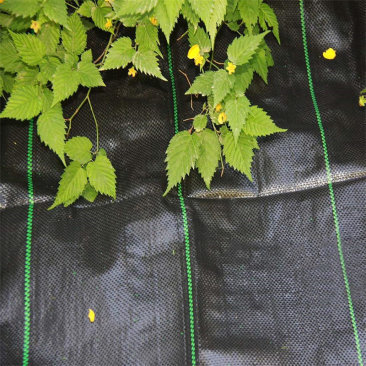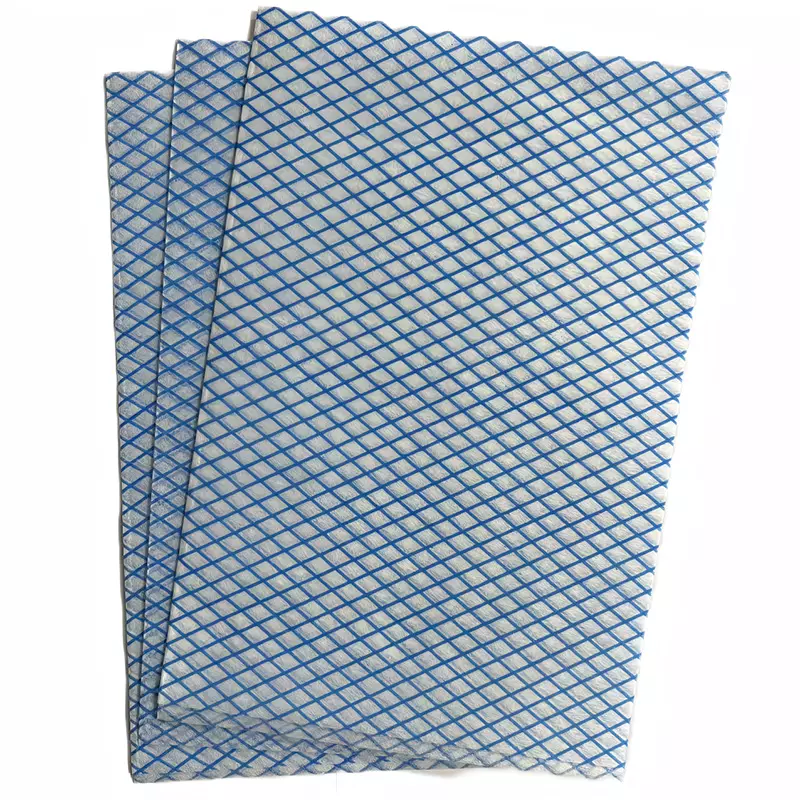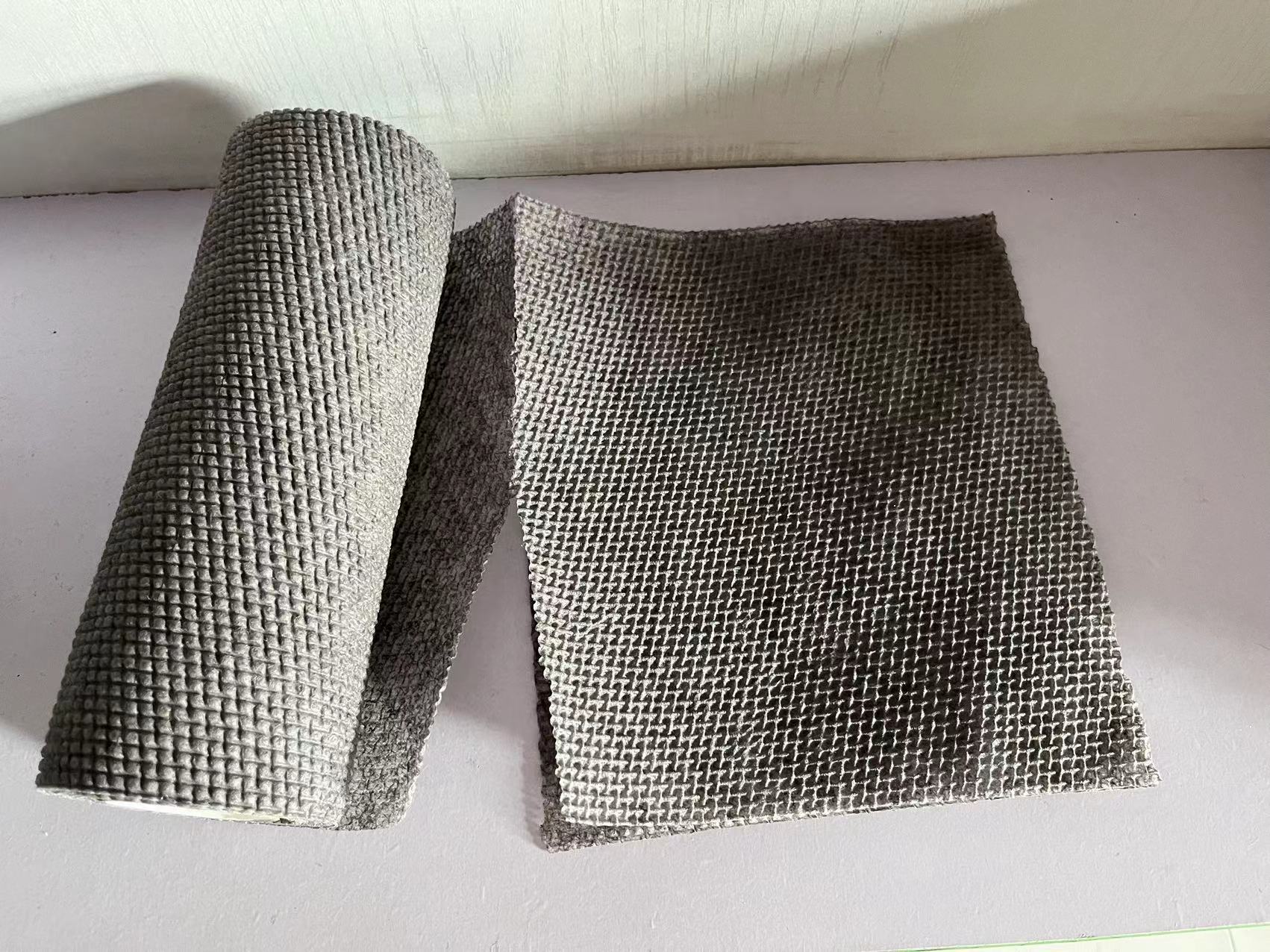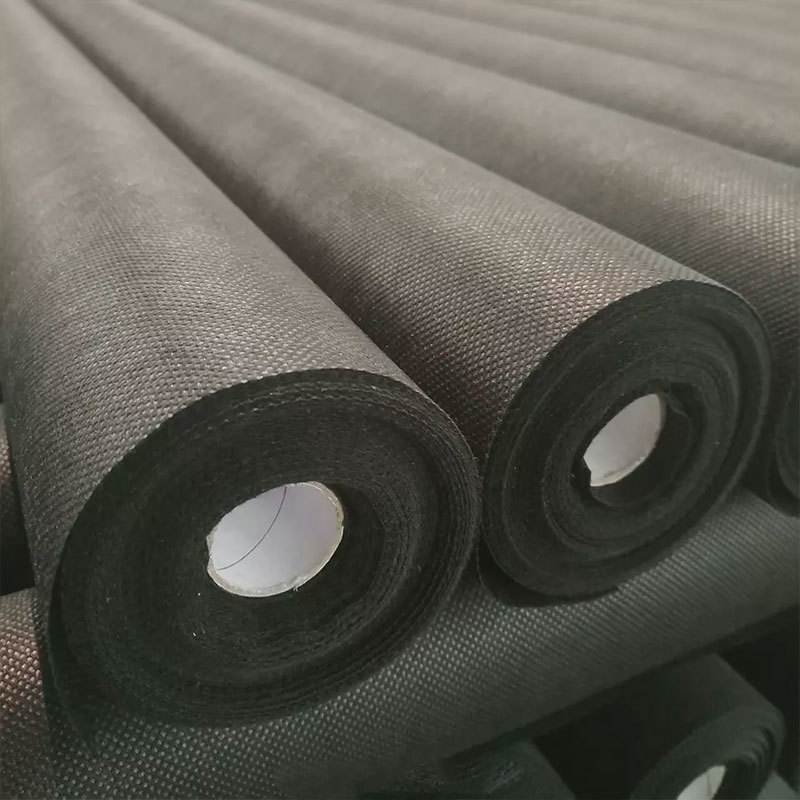24
2025
-
06
Exploring the Versatility of Polypropylene Nonwoven Fabric in the Textile Industry
Polypropylene nonwoven fabric has garnered significant attention in the textile industry due to its remarkable properties and diverse applications. This versatile material is created from polypropylene fibers, which are bonded together through mechanical, thermal, or chemical processes, resulting in a fabric that exhibits exceptional strength, durability, and lightweight characteristics. One of th
Polypropylene nonwoven fabric has garnered significant attention in the textile industry due to its remarkable properties and diverse applications. This versatile material is created from polypropylene fibers, which are bonded together through mechanical, thermal, or chemical processes, resulting in a fabric that exhibits exceptional strength, durability, and lightweight characteristics.
One of the standout features of polypropylene nonwoven fabric is its excellent resistance to moisture and chemicals, making it ideal for various applications. For instance, in the healthcare sector, this fabric is commonly used for surgical gowns, masks, and other medical supplies due to its ability to provide a barrier against fluids and contaminants. The fabric's breathability ensures comfort for the wearer, further enhancing its utility in medical settings.
In addition to healthcare, polypropylene nonwoven fabric is increasingly popular in the agricultural sector. It is often utilized for crop covers, weed control fabrics, and mulch films. This is largely due to its ability to allow air and moisture to pass through while preventing weed growth, thereby promoting healthier plant growth. Farmers appreciate the fabric's lightweight nature, which makes it easy to handle and install.
The environmental aspect of polypropylene nonwoven fabric is also worth mentioning. Although polypropylene is derived from petroleum, advancements in recycling technologies are paving the way for more sustainable practices. Numerous manufacturers are now producing biodegradable options and encouraging the recycling of used materials, making this fabric a more eco-friendly choice in the textile market.
In terms of consumer products, polypropylene nonwoven fabric is widely used for making shopping bags, which are lightweight, durable, and reusable. These bags provide an environmentally friendly alternative to plastic bags, aligning with the growing demand for sustainable products among consumers. Additionally, the fabric's ability to be printed on easily allows for branding opportunities, making it a popular choice for promotional items.
When it comes to home textiles, polypropylene nonwoven fabric can be found in various applications, from upholstery to decorative items. Its easy maintenance and resistance to mold and mildew make it suitable for indoor and outdoor use, catering to a wide array of aesthetic preferences and functional needs.
In summary, polypropylene nonwoven fabric plays a vital role across multiple sectors within the textile industry. Its unique combination of durability, moisture resistance, and versatility makes it an essential material for numerous applications. As the industry continues to evolve, the future of polypropylene nonwoven fabric looks promising, with ongoing innovations aimed at enhancing its sustainability and functionality. By exploring the diverse uses of this material, businesses can better understand how to leverage its properties to meet customer needs effectively.
One of the standout features of polypropylene nonwoven fabric is its excellent resistance to moisture and chemicals, making it ideal for various applications. For instance, in the healthcare sector, this fabric is commonly used for surgical gowns, masks, and other medical supplies due to its ability to provide a barrier against fluids and contaminants. The fabric's breathability ensures comfort for the wearer, further enhancing its utility in medical settings.
In addition to healthcare, polypropylene nonwoven fabric is increasingly popular in the agricultural sector. It is often utilized for crop covers, weed control fabrics, and mulch films. This is largely due to its ability to allow air and moisture to pass through while preventing weed growth, thereby promoting healthier plant growth. Farmers appreciate the fabric's lightweight nature, which makes it easy to handle and install.
The environmental aspect of polypropylene nonwoven fabric is also worth mentioning. Although polypropylene is derived from petroleum, advancements in recycling technologies are paving the way for more sustainable practices. Numerous manufacturers are now producing biodegradable options and encouraging the recycling of used materials, making this fabric a more eco-friendly choice in the textile market.
In terms of consumer products, polypropylene nonwoven fabric is widely used for making shopping bags, which are lightweight, durable, and reusable. These bags provide an environmentally friendly alternative to plastic bags, aligning with the growing demand for sustainable products among consumers. Additionally, the fabric's ability to be printed on easily allows for branding opportunities, making it a popular choice for promotional items.
When it comes to home textiles, polypropylene nonwoven fabric can be found in various applications, from upholstery to decorative items. Its easy maintenance and resistance to mold and mildew make it suitable for indoor and outdoor use, catering to a wide array of aesthetic preferences and functional needs.
In summary, polypropylene nonwoven fabric plays a vital role across multiple sectors within the textile industry. Its unique combination of durability, moisture resistance, and versatility makes it an essential material for numerous applications. As the industry continues to evolve, the future of polypropylene nonwoven fabric looks promising, with ongoing innovations aimed at enhancing its sustainability and functionality. By exploring the diverse uses of this material, businesses can better understand how to leverage its properties to meet customer needs effectively.
Polypropylene nonwoven fabric
Prev












